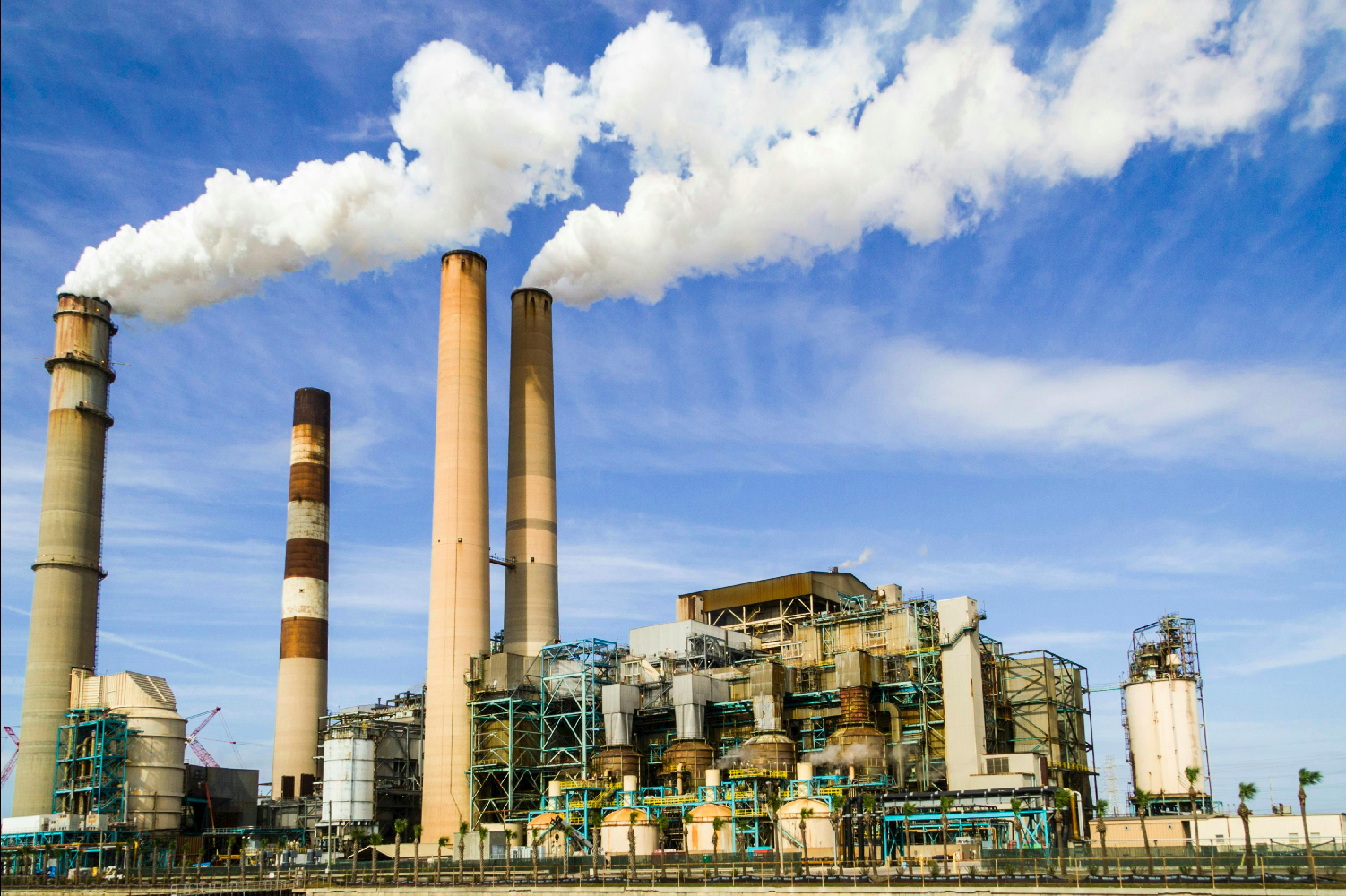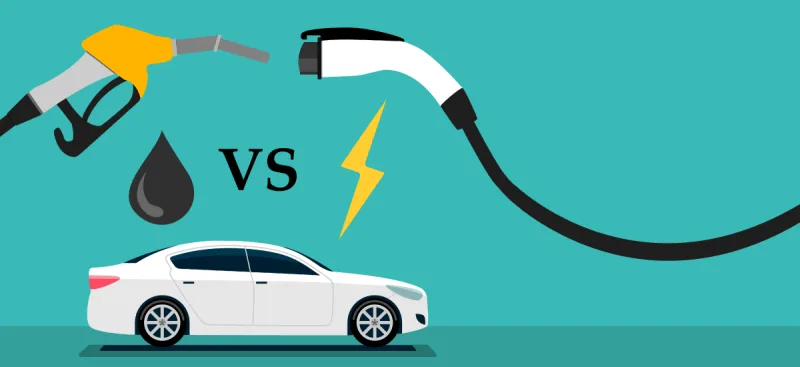
Introduction
Have you ever heard the phrase “carbon footprint” and thought, “What, are we leaving footprints on carbon now?” Well, not literally! A carbon footprint is the total amount of greenhouse gases, like carbon dioxide and methane, released into the atmosphere due to human activities. Industries play a massive role in creating these “invisible footprints,” and following environmental standards has never been more critical. Let’s unpack what this all means in an informative yet witty ride!
What Exactly is a Carbon Footprint?
Think of a carbon footprint as the environmental equivalent of tracking mud into the house—except this mud contributes to global warming. Your footprint includes the emissions from things you do daily, like driving a car, eating a steak, or binge-watching Netflix (yes, those data servers require energy too!).
Now, scale that up to industries, and suddenly the mud pile looks like Mount Everest.
How Are Industries Contributing?
Industries like energy, manufacturing, agriculture, and transportation are the biggest culprits, emitting millions of tons of greenhouse gases every year. Here’s a breakdown:
- Energy Production: Burning fossil fuels for electricity generates CO₂, the main greenhouse gas.
- Transportation: Planes, ships, and trucks rely heavily on diesel and petrol, spewing harmful gases.
- Agriculture: Methane from livestock and nitrous oxide from fertilizers significantly increase emissions.
- Manufacturing: Factories pump out CO₂ and other pollutants as they churn out goods.
How Can Industries Follow Carbon Standards?
Enter standards like ISO 14001 and the Paris Agreement, which act as rules to keep industries in check. Here’s how:
- Energy Efficiency: Switching to renewable energy sources like wind and solar.
- Carbon Offsetting: Companies invest in tree-planting or renewable projects to balance their emissions.
- Circular Economy: Recycling materials and reducing waste.
- Monitoring Tools: Using AI and tech to track emissions and ensure compliance.
A Quick Look at History
The concept of carbon footprint wasn’t coined until the early 2000s, but concern for industrial emissions dates back to the Industrial Revolution in the 18th century. By the 1990s, with the Kyoto Protocol, countries began addressing global emissions seriously. Today, it’s a household term, with individuals and industries trying to reduce their environmental impact.
Fascinating Facts About Carbon Footprints
- The global carbon footprint in 2021 was 36.3 billion metric tons.
- Livestock farming alone produces more greenhouse gases than all transportation modes combined!
- Producing 1 kilogram of beef releases approximately 27 kg of CO₂ equivalent.
Impacts of Carbon Footprints
- Global Warming: The Earth’s average temperature rises due to trapped heat.
- Climate Change: Weather patterns become extreme—drier deserts, wetter monsoons.
- Melting Ice Caps: Rising sea levels due to glacier melts.
- Impact on Ecosystems: Animals lose their habitats, and crops fail under unpredictable weather.
Industries Leading the Way
Despite the grim outlook, some industries are shining examples of low-carbon operations:
- Tesla: Pioneering electric vehicles to reduce emissions.
- Unilever: Aiming for net-zero emissions in their operations by 2039.
- Patagonia: Using recycled materials for clothing and reducing energy consumption.
FAQs
What is a carbon footprint?
A carbon footprint measures the total greenhouse gas emissions caused by an activity or entity.
Why is reducing carbon footprints important?
It helps combat climate change and reduce environmental damage.
Which industry emits the most carbon?
The energy production industry is the largest emitter globally.
Can an individual reduce their carbon footprint?
Yes, by using public transport, eating plant-based diets, and conserving energy.
What is carbon offsetting?
It’s a way to balance emissions by investing in environmental projects.
Thesaurus
- Emissions – Release of gases or substances.
- Mitigation – Reduction of harmful effects.
- Compliance – Adherence to rules or standards.
- Offsetting – Balancing or compensating.
- Renewable – Sustainable and replenishable.
- Circular – Reusing and recycling resources.
- Protocol – Agreed-upon rules.
- Decarbonize – Reduce carbon emissions.
- Efficient – Working effectively without waste.
- Habitat – Natural home of a species.
- Industrialization – Development of industries.
- Greenhouse – A structure or effect that traps heat.
- Sustainable – Using resources without depletion.
- Monitored – Watched and controlled.
- Deplete – Use up resources.
Conclusion
A carbon footprint is a reality check for industries and individuals alike. By adopting cleaner practices, industries can not only reduce their environmental impact but also save costs and win customer trust. After all, leaving the Earth as clean as we found it is the least we can do.









